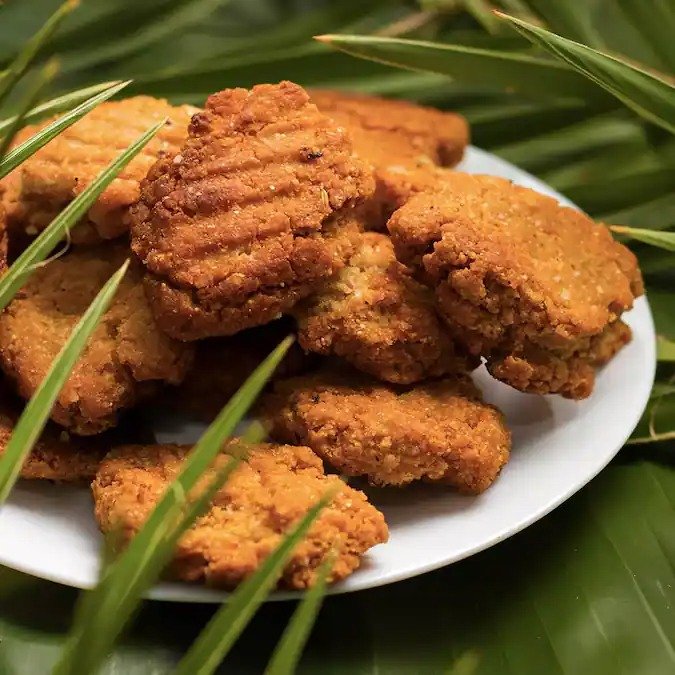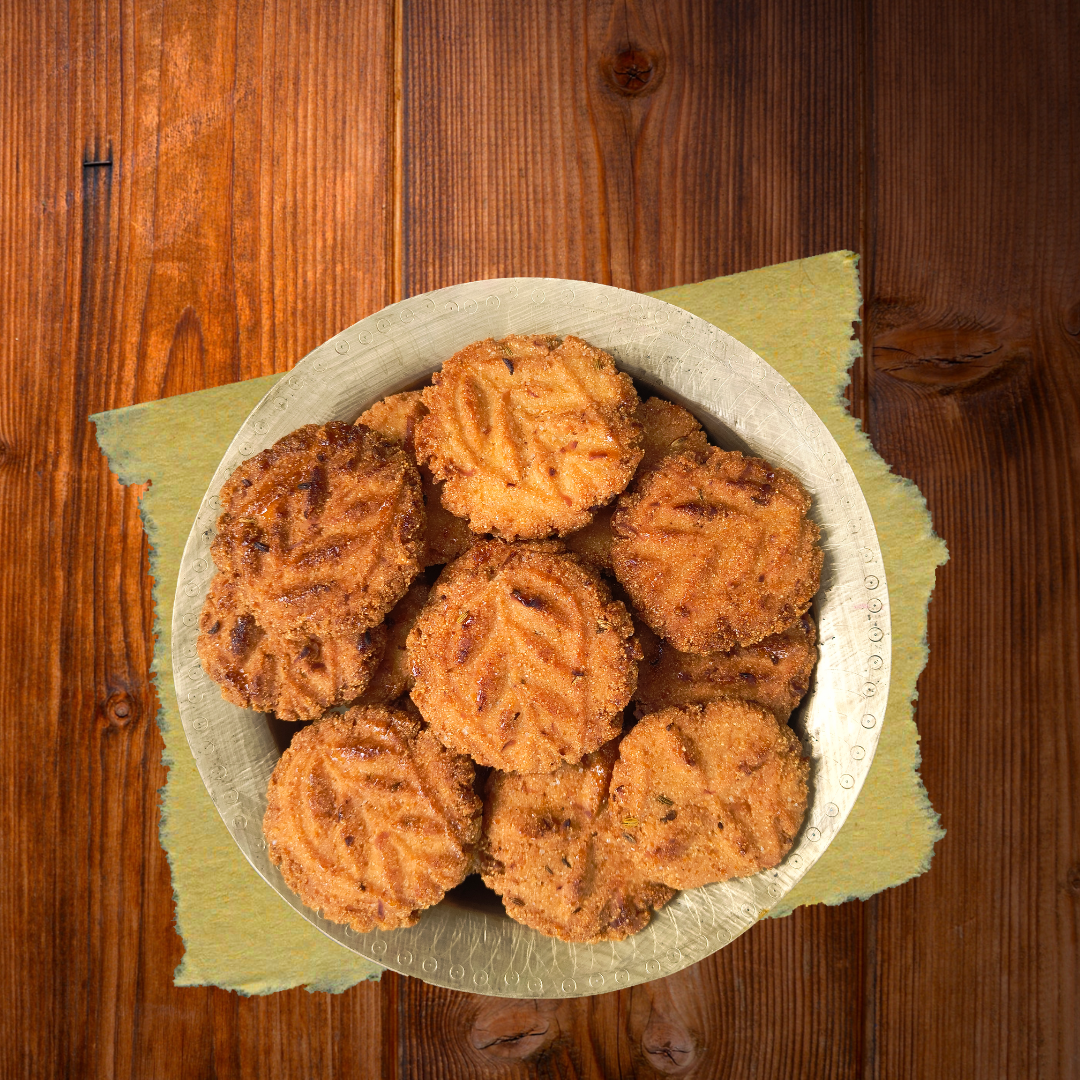Authentic Taste
Free Delivery
Authentic Taste
Free Delivery
Authentic Taste
Free Delivery
Authentic Taste
Free Delivery
Authentic Taste
Free Delivery
Authentic Taste
Free Delivery
Authentic Taste
Free Delivery
Authentic Taste
Free Delivery
Authentic Taste
Free Delivery
Authentic Taste
Free Delivery
Authentic Taste
Free Delivery
Authentic Taste
Free Delivery
Authentic Taste
Free Delivery
Authentic Taste
Free Delivery
Authentic Taste
Free Delivery
Authentic Taste
Free Delivery





